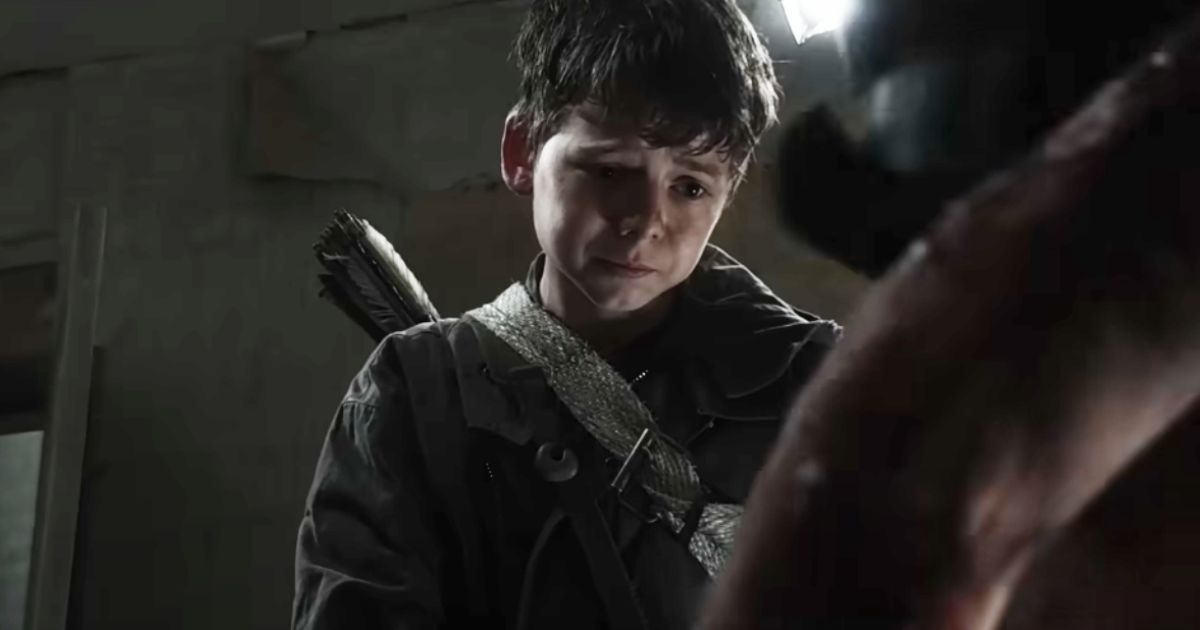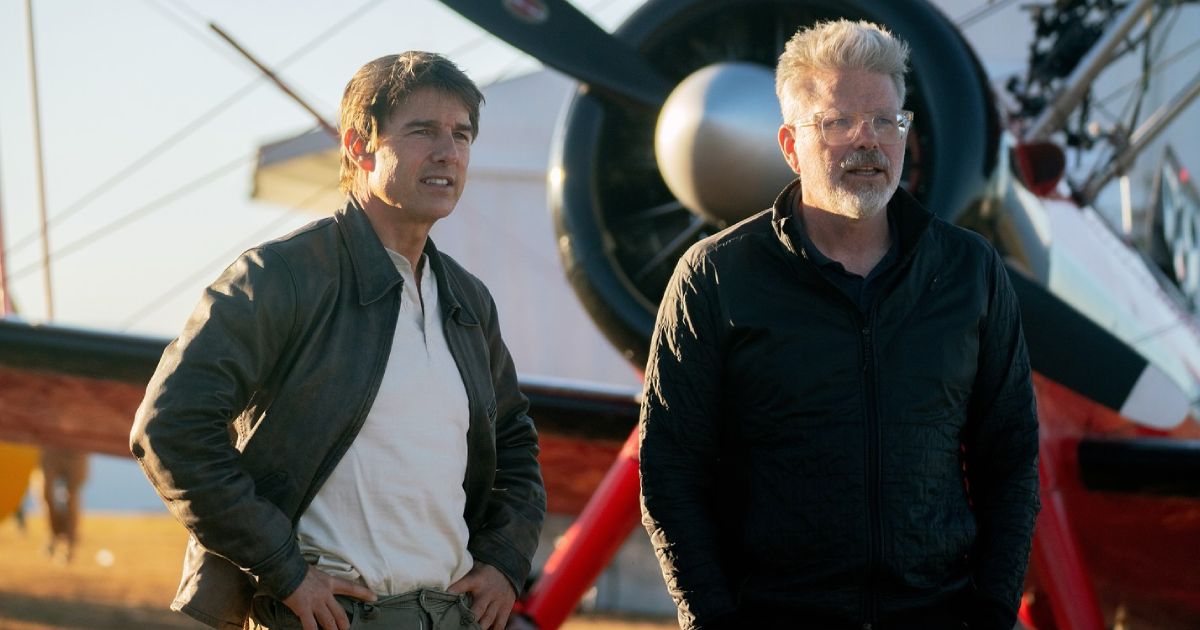
Danny Boyle and Alex Garland didn’t just revive their cult zombie universe with 28 Years Later. They detonated it. The long-awaited follow-up to 28 Days Later and 28 Weeks Later arrives as a bruising, blood-splattered beast of a film and it’s already splitting audiences right down the middle. Whether it’s genius or garbage seems to depend entirely on what you’re walking in for.
How 28 Years Later Ushers In APolarising New Trilogy Without Nostalgia Or Hand-Holding?
Set nearly three decades after the original outbreak, 28 Years Later drags us into the bleak present of a rage-infected UK, now quarantined and decimated. Yet it’s not the returning characters you’d expect to lead this story. Instead, it follows a new trio — Jamie, Isla, and their son Spike, as they struggle to survive off the Scottish coast and eventually venture into infected mainland territory.
The set-up is clean, even for newcomers. A brutal opening flashback sets the tone, and any necessary backstory is doled out organically. No franchise homework needed. But this isn’t just a new entry, it’s the first in a whole new trilogy. And that’s where things get loud.
Trending
Unlike the Marvel-style legacy sequels packed with cameos and callbacks, 28 Years Later goes the other way. It ditches nostalgia, burns bridges with its past, and builds a new mythology from the ground up. Ralph Fiennes plays a hauntingly quiet newcomer. A mutant “Alpha” infected becomes a symbol of something terrifyingly new. And an uninfected baby born to an Infected mother cracks open the franchise’s lore.
The film’s rawest moment was Isla’s death. It’s slow, quiet, and heartbreakingly human in a movie built around chaos. Her son Spike, initially wide-eyed and innocent, is shaped by this moment, and her memory fuels the movie’s closing gut-punch. Then there’s Dr. Kelson, who builds eerie bone monuments to honor the dead. He’s weird, maybe unhinged, but he grounds the film’s thesis: never forget death, but always remember life.
28 Years Later Ends On A Polarising Note And Refuses To Play It Safe
Jimmy, introduced as a child in the prologue and re-emerging in the final scene as a hardened leader, hints at where 28 Years Later: The Bone Temple is headed. This coda flips the film’s tone in seconds and makes it clear this story is just beginning. For a franchise known for intensity, this one doesn’t play it safe, and that’s exactly why people are either walking out stunned or scratching their heads.
Love or hate it, 28 Years Later isn’t interested in staying in the middle.
For more such stories, check out Hollywood News
Follow Us: Facebook | Instagram | Twitter | YouTube | Google News



 Follow Us
Follow Us











